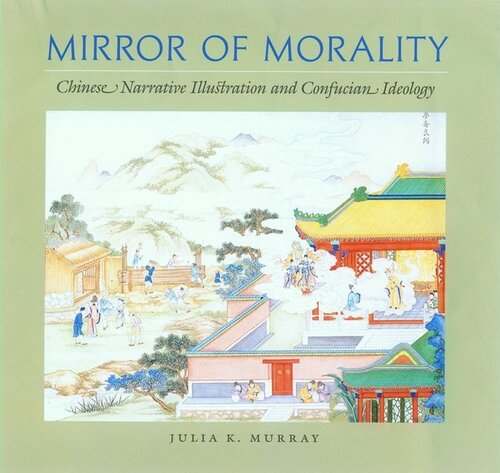

Most ebook files are in PDF format, so you can easily read them using various software such as Foxit Reader or directly on the Google Chrome browser.
Some ebook files are released by publishers in other formats such as .awz, .mobi, .epub, .fb2, etc. You may need to install specific software to read these formats on mobile/PC, such as Calibre.
Please read the tutorial at this link: https://ebookbell.com/faq
We offer FREE conversion to the popular formats you request; however, this may take some time. Therefore, right after payment, please email us, and we will try to provide the service as quickly as possible.
For some exceptional file formats or broken links (if any), please refrain from opening any disputes. Instead, email us first, and we will try to assist within a maximum of 6 hours.
EbookBell Team

4.7
96 reviewsMirror of Morality takes an interdisciplinary look at an important form of pictorial art produced during two millennia of Chinese imperial rule. Ideas about individual morality and state ideology were based on the ancient teachings of Confucius with modifications by later interpreters and government institutions. Throughout the imperial period, members of the elite made, sponsored, and inscribed or used illustrations of themes taken from history, literature, and recent events to promote desired conduct among various social groups. This dimension of Chinese art history has never before been broadly covered or investigated in historical context.
The first half of the study examines the nature of narrative illustration in China and traces the evolution of its functions, conventions, and rhetorical strategies from the second century BCE through the eleventh century. Under the stimulus of Buddhism, sophisticated techniques developed for representing stories in visual form. While tracing changes in the social functions and cultural positions of narrative illustration, the second half of the book argues that narrative illustration continued to play a vital role in elite visual culture.